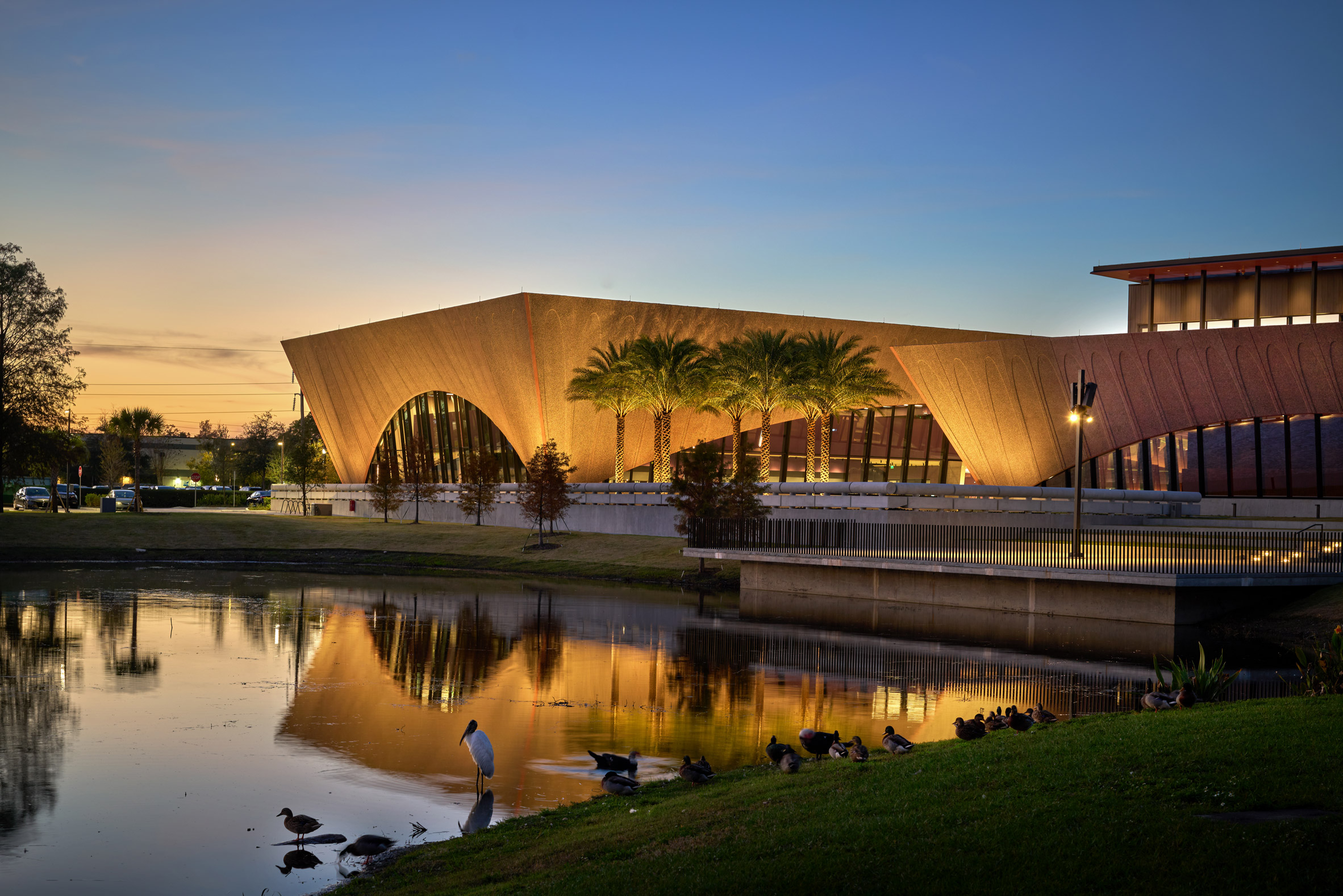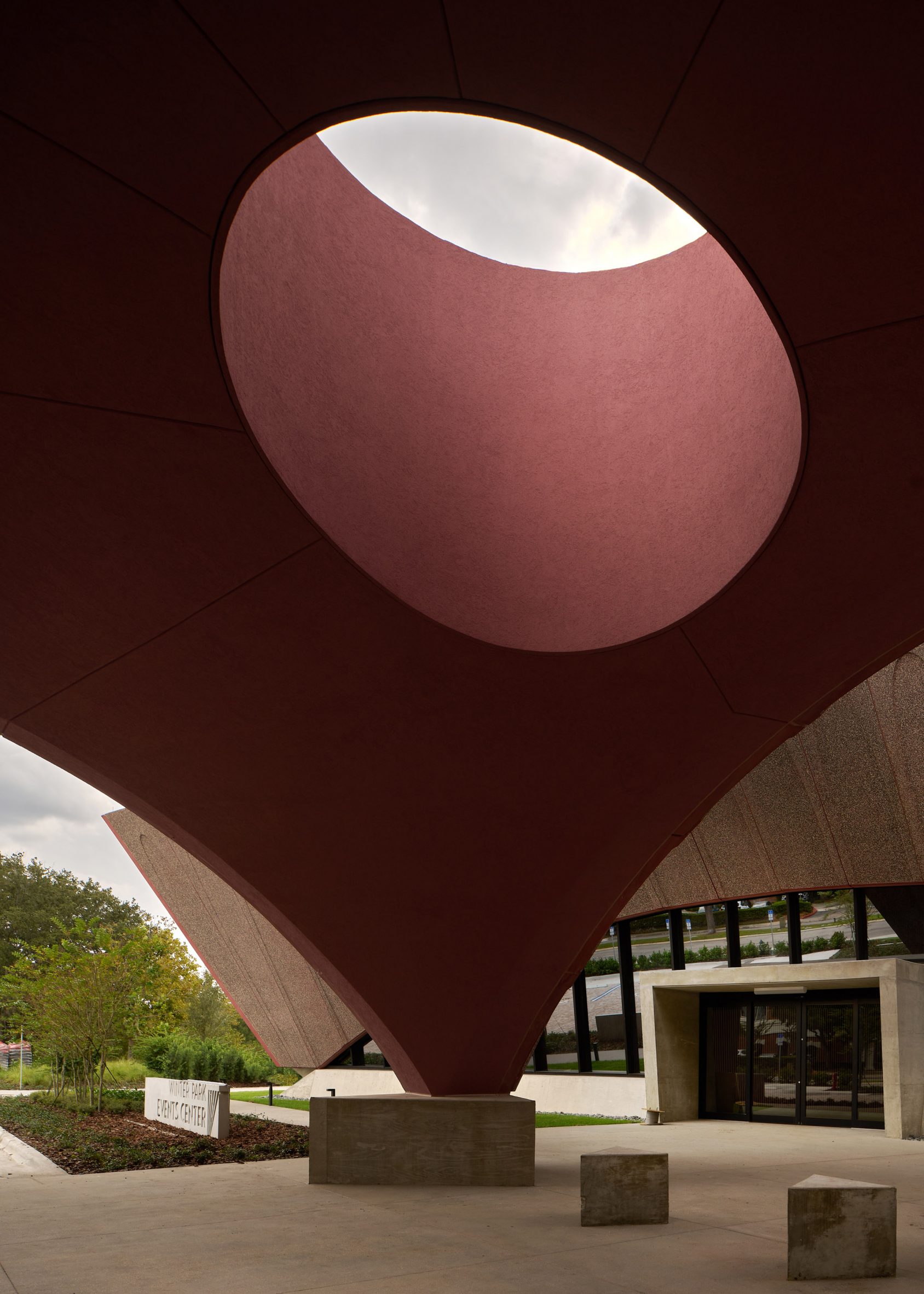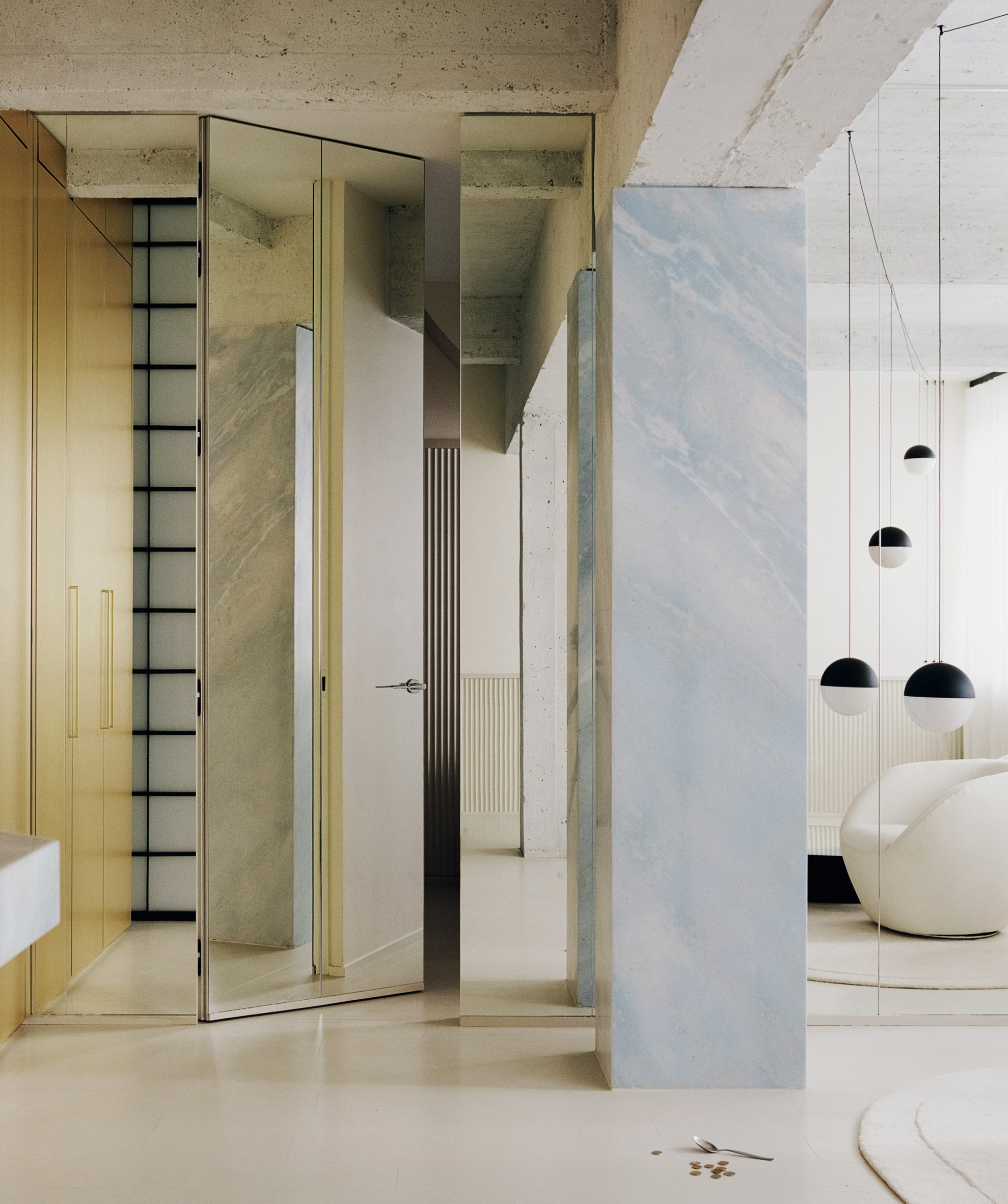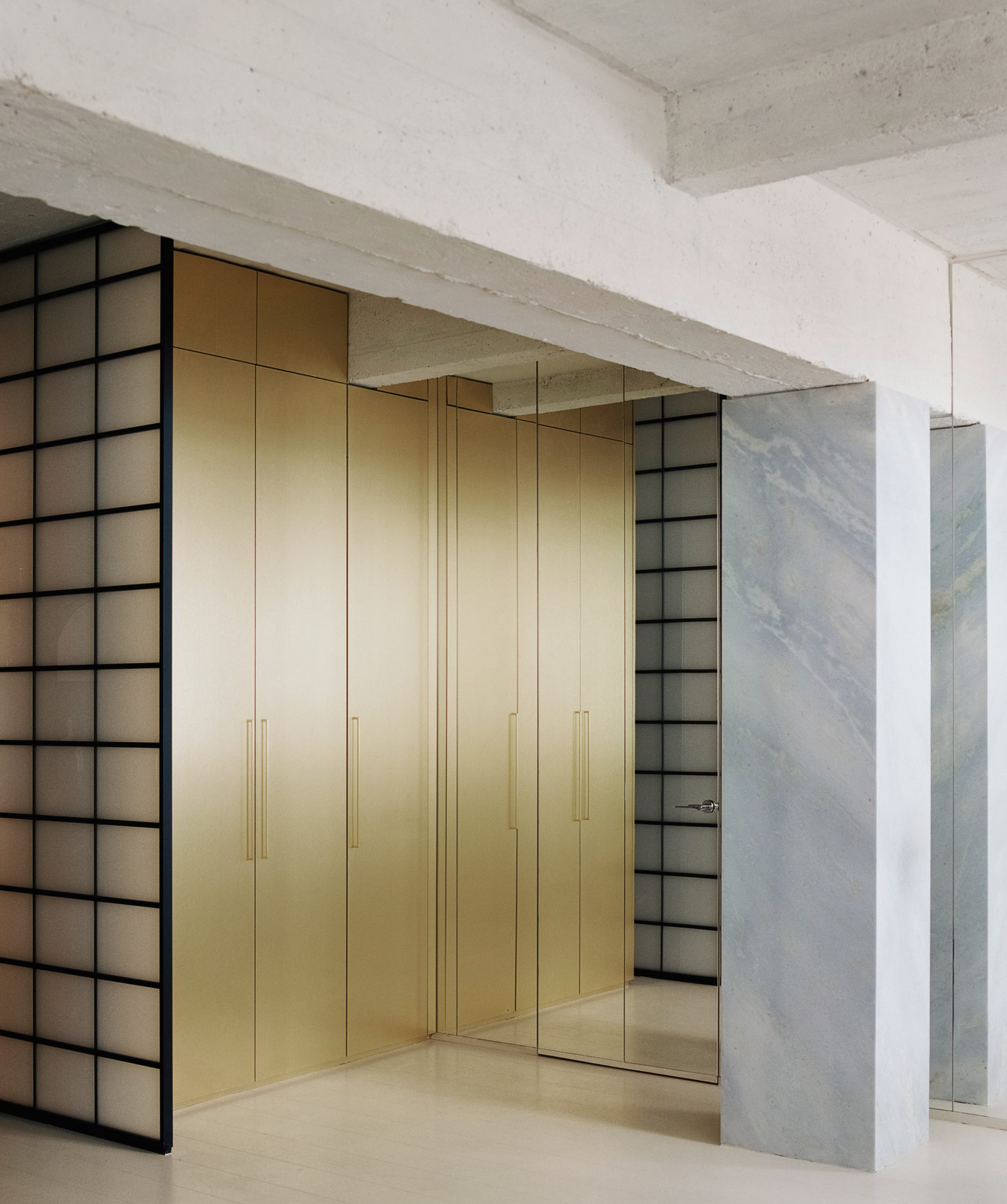
The UK's largest architecture firm, Foster + Partners, has criticised a RIBA sustainability report backed by nearly 250 built environment organisations, claiming that it contradicts the watershed Paris Agreement treaty on climate change.
Foster + Partners is one of only two architecture studios among the country's top 10 largest that have failed to endorse the report – the other being Zaha Hadid Architects.
The studio told Dezeen that by calling for calculations about buildings' carbon impact to be based on whole life-cycle consumption, rather than only operational emissions data, the Royal Institute of British Architects (RIBA) report diverges from the Paris Agreement.

Signed by nearly 200 countries in 2015 and the basis for global climate negotiations at COP26, the Paris Agreement set a landmark ambition to "pursue efforts" to keep global temperature rises within 1.5 degrees Celsius of pre-industrial levels, with an emphasis on governments setting targets to limit their own greenhouse gas emissions.
A consumption-based approach, as advocated by the RIBA report, would instead see nations' carbon footprints measured based on the total emissions associated with the goods and services they use, not just those they directly emit.
For example, that would mean the UK would have to include the carbon impact of producing concrete manufactured by other countries but used in UK buildings – known as embodied carbon – when assessing its own progress against environmental targets.
Embodied carbon and the issue of consumption-based emissions were poorly understood until recently but became a major point of discussion in the climate debate during 2021.
RIBA report calls for whole-life carbon assessments
"At this critical moment, we are concerned that the RIBA's document Built for the Environment proposes a deviation from the Paris Agreement by its call for a change from emissions-based to consumption-based as a basis for carbon calculations," a spokesperson for Foster + Partners told Dezeen.
"This could lead to confusion and at its worst might create an opportunity for some nations to rethink their current commitments to the agreement. For this fundamental reason we have hesitated to endorse the RIBA report."
Published by industry body RIBA and pressure group Architects Declare, the report is titled "Built for the Environment" and urges governments to overhaul building codes to better regulate buildings' energy performance, as well as including targets relating to the built environment in their climate pledges.
"Failing to account for the balance of net importers and net exporters of emissions makes the context for policymaking less clear and promotes international inequality," the report argued.
"These policies have led to embodied carbon emissions rarely being accounted for, meaning that opportunities for reducing emissions from the built environment sector have been missed."
Foster + Partners said that it is "sympathetic and supportive of the overall objectives of the RIBA" and that its founder, Norman Foster, has discussed the matter with the RIBA's president, Simon Allford.
RIBA "keen to continue dialogue"
"We have followed this up with a letter setting out our concerns in more detail and offering assistance in amending, as appropriate, the relevant clauses in the report, taking a more holistic view of the process to enable change that is deliverable and sustainable in the long term," the firm added.
Allford said the issue will be discussed in "a public forum".
"I have been speaking to Lord Foster and we agree that our shared mission to decarbonise will not be successful unless we challenge others and prepare to be challenged ourselves," he told Dezeen. "We are both keen to continue the dialogue about this particular issue and bring it to a public forum. And we will."
Speaking at COP26, Foster called for "higher standards" on embodied carbon, while his studio's head of sustainability recently said it was an issue on which "the world is still catching up".
When first published on 2 November, Built for the Environment had been endorsed by around 220 organisations – but only three of the 10 largest architecture practices operating in the UK.
After the RIBA temporarily reopened endorsements amid "further positive interest", the number of signatories rose to 248 with only Foster + Partners and Zaha Hadid Architects now missing from the list among the top 10.
Architects Declare tensions
Zaha Hadid Architects, which is the country's third-largest studio, previously said its low carbon group and sustainability teams were "reviewing the report".
The firm did not respond to Dezeen's requests for comment about why it had chosen not to back the report.
Foster + Partners and Zaha Hadid Architects were part of a small group of founding members of Architects Declare in 2019, but left the network last year amid a row over their work on large airports.
The top photo is by Nigel Young courtesy of the Norman Foster Foundation.
The post Foster + Partners criticises RIBA climate report over "deviation" from global treaty appeared first on Dezeen.
from Dezeen https://ift.tt/3FTWbVH


























